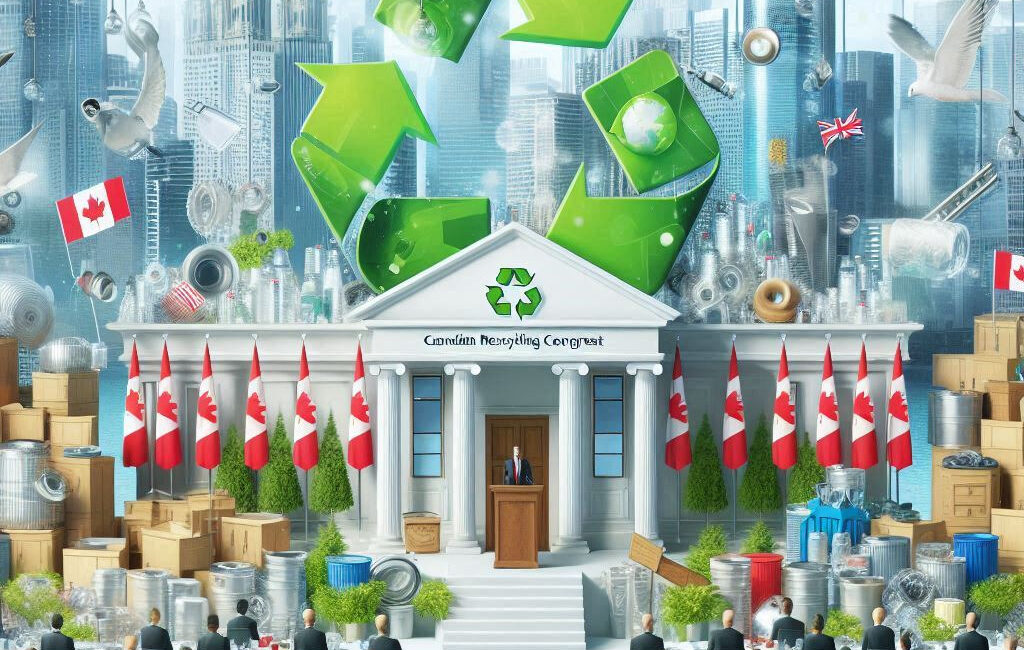Canada’s leadership in paper recycling is undeniable, but a recent national congress in Montreal highlighted the need for a broader focus on waste management. The event brought together industry leaders, environmental groups, and government officials to discuss strategies for tackling the country’s overall waste problem.
While paper recycling boasts a 36% diversion rate, other materials like plastics lag far behind. The Congress identified several key areas for improvement:
- Infrastructure Upgrade: Aging and inadequate recycling facilities were acknowledged as a major bottleneck. Investments in modern sorting technologies and composting infrastructure were deemed crucial.
- Waste Reduction at the Source: A paradigm shift towards minimizing waste generation in the first place was emphasized. This could involve promoting reusable packaging, product design that prioritizes recyclability, and public education campaigns encouraging responsible consumption.
- Standardization and Public Awareness: The lack of consistent recycling regulations across provinces creates confusion for citizens. The congress called for national guidelines and clear labeling of recyclable materials. Public awareness campaigns could educate households on proper sorting techniques to reduce contamination rates.
The congress concluded with a renewed commitment to collaboration. A task force was formed to develop a national waste management strategy that capitalizes on Canada’s paper recycling success and translates it into improved management of all waste streams. By focusing on infrastructure upgrades, waste reduction at the source, and public education, Canada aims to solidify its position as a leader in sustainable waste management practices.

